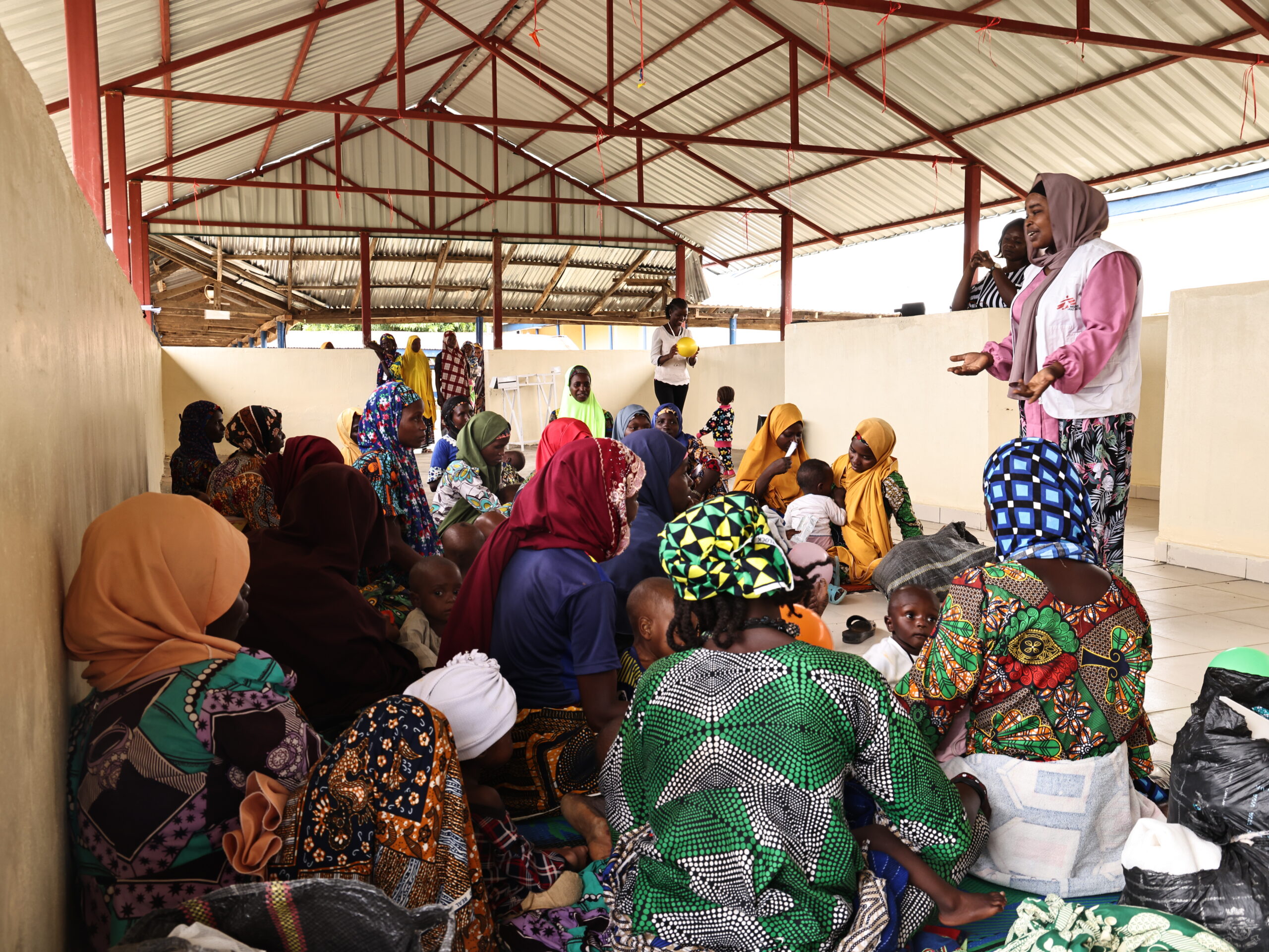Family conflict and peer pressure drive teen mental health risks

A new study from researchers at Washington University School of Medicine in St. Louis provides some answers. Published Sept. 15 in Nature Mental Health, it mined an enormous set of data collected from pre-teens and teens across the U.S. and found that social conflicts – particularly family fighting and reputational damage or bullying from peers – were the strongest predictors of near- and long-term mental health issues. The research also revealed sex differences in how boys and girls experience stress from peer conflict, suggesting that nuance is needed when assessing social stressors in teens.
Understanding which youth are most likely to go on to develop larger mental health concerns before they experience strong functional decline is critical to mitigating potential damage. By emphasizing prevention strategies free of labels and stigma, we can provide youth experiencing mental health concerns with tools to address risk factors that can negatively affect long-term mental health and well-being.”
Nicole Karcher, PhD, co-senior author, assistant professor of psychiatry at WashU Medicine
A computational approach to mental health
The researchers analyzed data from the Adolescent Brain Cognitive Development (ABCD) study – a long-term, multisite study that is tracking the neurodevelopment of more than 11,000 U.S. children ages 9 to 16 from across the country, including a site based at WashU. The data gathered by the investigators include neuroimaging scans, psychological tests and personal and family mental health histories.
Using this data set, Karcher worked with co-senior author Aristeidis Sotiras, PhD, an assistant professor at WashU Medicine Mallinckrodt Institute of Radiology and the WashU Medicine Institute for Informatics, Data Science & Biostatistics; coauthor Deanna M. Barch, PhD, the Gregory B. Couch Professor of Psychiatry at WashU; first author Robert Jirsaraie, a doctoral student in the Division of Computational & Data Sciences at WashU who is co-advised by Sotiras and Barch; and other colleagues to develop computational models to predict current and future mental health symptoms as well as changes in symptoms over time. They considered 963 predictors of mental health across nine broad categories, such as family dynamics, environmental factors (including peer relationships), demographic factors, and brain structure and function from neuroimaging data.
Sotiras noted that machine learning enables researchers to analyze such highly dimensional data and identify patterns that predict outcomes. “It’s a powerful way to move beyond single-factor explanations toward a more comprehensive, data-driven understanding of risk,” he said.
The team found that family conflict, particularly fighting and frequent criticism between family members, and reputational damage among peers were the strongest predictors of current mental health difficulties such as depression, anxiety or behavioral problems.
Neuroimaging data were among the least predictive variables in these models. This finding is consistent with results from a prior analysis by Jirsaraie, Barch, Sotiras and colleagues, published in Molecular Psychiatry, which used machine learning to build brain models of psychopathology based on neuroimaging data from 956 participants ages 8 to 22.
Biological sex emerged as a critical factor in the new study, with girls experiencing more mental health symptoms on average and a worsening of symptoms over time compared to boys. The study also picked up a subtle distinction between how girls experienced peer victimization versus boys: Girls suffered more from being victims of gossip and isolation, while the mental health of boys was more affected by aggression or hostility toward peers.
Jirsaraie noted that even the team’s best performing models explained only about 40% of individual outcomes, which, while high compared to similar algorithmic tools, indicate that more research is needed to gain a complete understanding of all the factors that influence mental health.
“As we’re developing better computational models, it’s important to make sure our predictions are grounded in biologically meaningful information,” Sotiras said. “Given enough data, these powerful tools can find patterns. As we move beyond brain imaging modalities to include other risk factors to better predict mental health trajectories, it’s a continuous effort to improve our data sets, increase our sample size and validate our model.”
Key factors influencing persistent psychotic-like experiences
Although data from brain imaging was not a strong predictor for mental health symptoms generally in this group of adolescents, for some conditions, it can be insightful. This was shown in an earlier analysis by Karcher, Barch and colleagues of ABCD data from more than 8,000 children, published in August in Nature Mental Health, which looked at the relationship between structural and cognitive changes in the brain during adolescence and the future risk of severe mental health disorders.
Specifically, the study looked at these brain changes over time in children ages 9 to 13 who reported psychotic-like experiences (PLEs). These are unusual thoughts and perceptions that, when they are persistent and distressing, have been tied to a greater risk of being diagnosed with a severe mental health disorder in adulthood, such as schizophrenia. The researchers found that the small subset of participants who had the most persistent and distressing PLEs had greater changes in brain structure – for example, decreases in cortical thickness, area and volume – and steeper declines on cognitive tests over time than those who experienced transient or no PLEs.
The study also found that these brain changes and declines in cognition may help explain the association between environmental risk factors, such as being exposed to financial adversity and unsafe neighborhoods, and a greater risk of persistent, distressing PLEs. According to the researchers, exposure to environmental stress may cause physical changes in the brain that then make a child more vulnerable to abnormal thoughts and perceptions.
Intervening early
Together, the findings highlight how social and environmental factors can impact adolescent brain development and contribute to mental health symptoms over time. Because they aren’t necessarily fixed, these factors are prime targets for intervention by parents, teachers, counselors and clinicians.
“The factors influencing mental health are complex, but this is ultimately a simple story,” Karcher said. “Adolescents are spending much of their time in these home and school environments, so interactions that take place there can have really large detrimental effects on mental health.”
On the flip side, these relationships can also have a buffering or protective effect. Being more mindful about the social environment of teens can lead to earlier detection and potential intervention around mental health issues, which become more prominent during this stage in life, Jirsaraie noted.
“Our findings can be very empowering for parents and teachers, as they have some control in mitigating the largest risk factors affecting the mental health of teens,” he said. “Resolving social conflicts could have a positive and lasting impact.”
Jirsaraie RJ, Barch DM, Bogdan R, Marek SA, Bijsterbosch JD, Sotiras A, Karcher NR. Mapping multimodal risk factors to mental health outcomes. Nature Mental Health. September 15, 2025. DOI: 10.1038/s44220-025-00500-9
This work was supported by the National Science Foundation Graduate Research Fellowship (DGE-2139839; DGE-1745038), the National Research Service Award from the National Institute of Mental Health (F31MH135640), which were acquired by R.J. Additional support was provided by the National Institute of Mental Health grant R01MH129493 which was acquired by D.M.
Karcher NR, Dong F, Paul SE, Johnson EC, Kilciksiz CM, Oh H, Schiffman J, Agrawal A, Bogdan R, Jackson JJ, Barch DM. Cognitive and global morphometry trajectories as predictors of persistent distressing psychotic-like experiences in youth. Nature Mental Health. August 12, 2025. DOI: 10.1038/s44220-025-00481-9
This work was supported by National Institutes of Health grants U01 DA041120 (D.M.B.), K23 MH121792 (N.R.K.), R01-MH139880 (N.R.K.), R01-DA054869 (A.A.), K01-DA051759 (E.C.J.), R01-DA054750 (A.A. and R.B.) and F31-AA029934 (S.E.P.).
This article reflects the views of the authors and may not reflect the opinions or views of the NIH or ABCD consortium investigators.
Source:
Journal references:
- Jirsaraie, R. J., et al. (2025). Mapping multimodal risk factors to mental health outcomes. Nature Mental Health. doi.org/10.1038/s44220-025-00500-9
- Karcher, N. R., et al. (2025). Cognitive and global morphometry trajectories as predictors of persistent distressing psychotic-like experiences in youth. Nature Mental Health. doi.org/10.1038/s44220-025-00481-9
link






